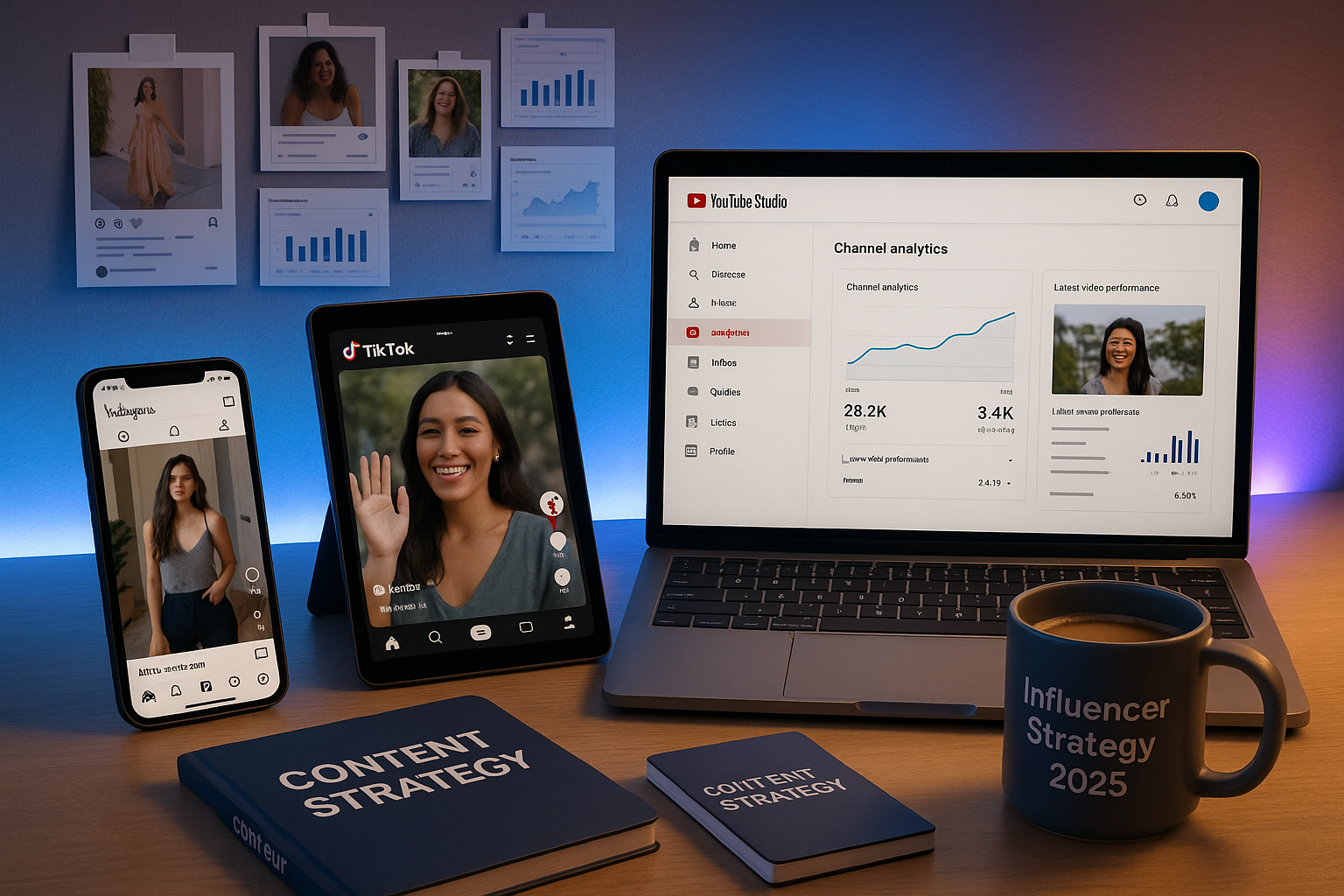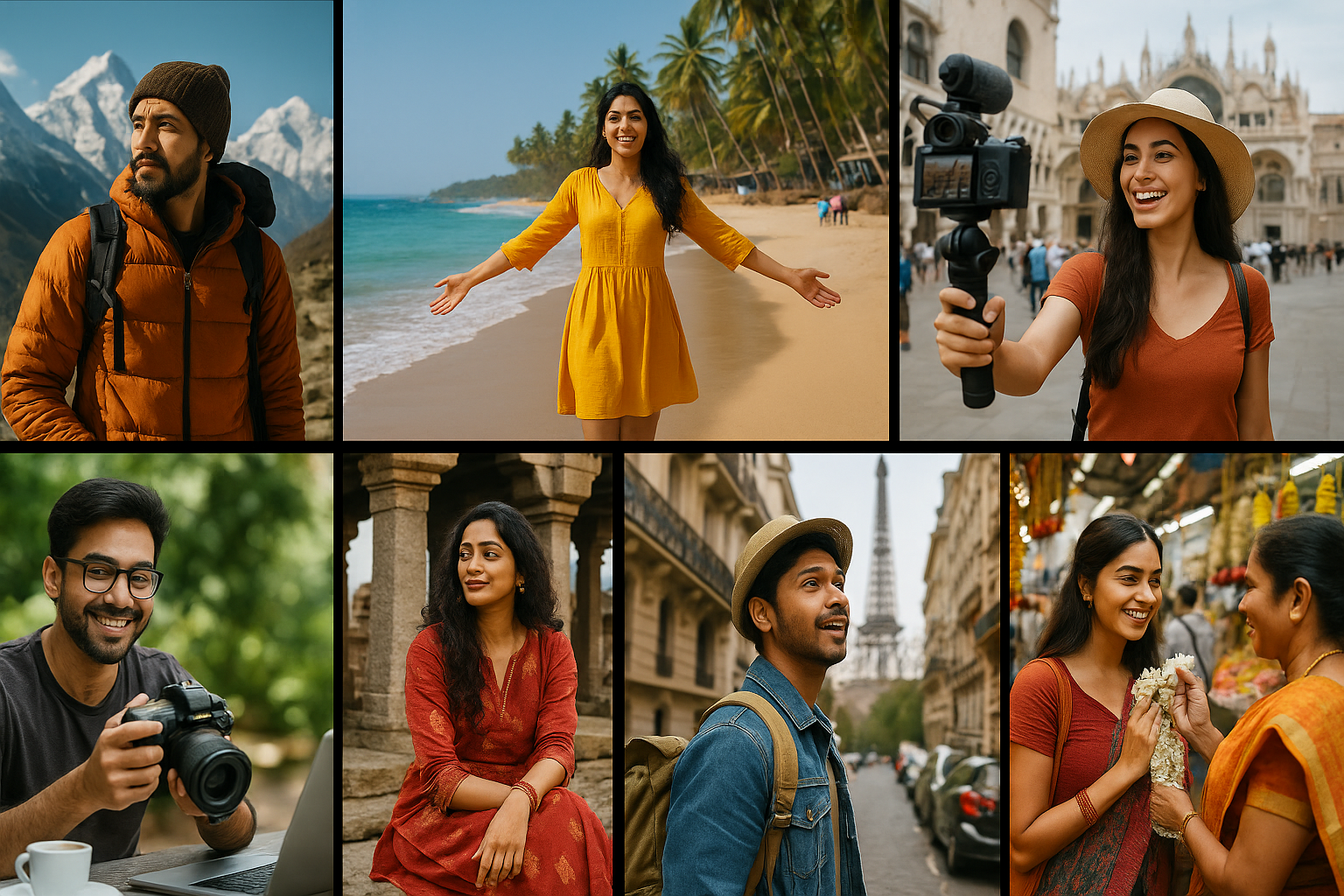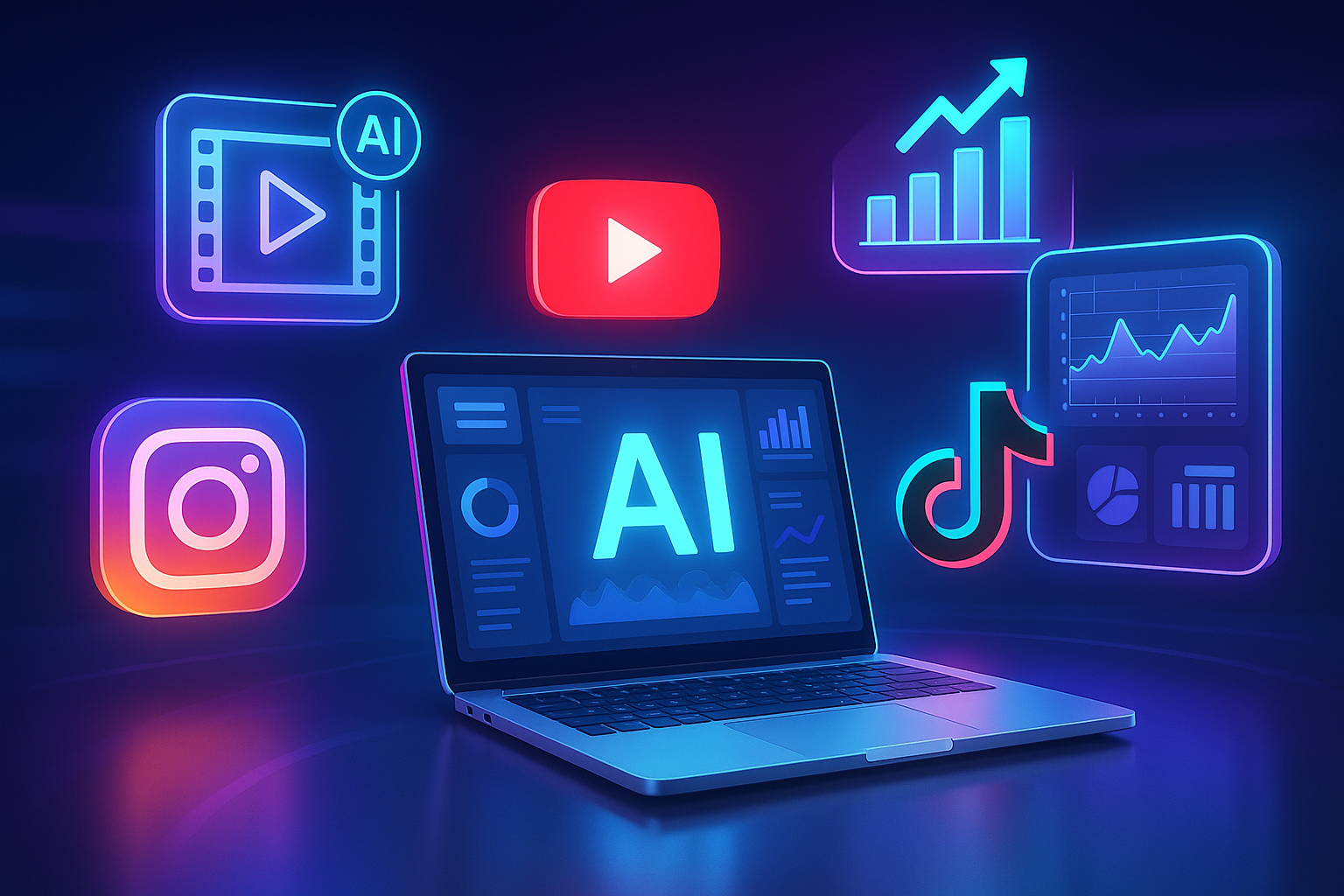Today’s audiences aren’t just scattered they’re fatigued. As trust in traditional news plummets, influencers have become the new trusted sources, particularly among younger, news-averse consumers. This shift presents both a challenge and an opportunity for marketers aiming to reach fragmented audiences via influencer-led channels.
So, what does this mean for digital campaigns in 2025? How do you reach people when they’ve checked out of the news cycle but keep scrolling TikTok, Instagram, and YouTube? Let’s break it down.
Understanding Fragmented, News-Averse Audiences
“Fragmented audiences” refers to consumers who don’t rely on a single platform but hop between micro-channels – TikTok, X (formerly Twitter), Instagram, and niche podcasts. They may consume less news but remain highly engaged in communities led by influencers.
Audience fragmentation creates a massive need for cross-platform strategies and influencers are becoming central hubs across these platforms .
Four Ways Brands Are Winning Over These Audiences
1. Cross‑Platform, Tailored Content
Brands are creating unique variations of the same message. A Reel for Instagram, a bite-sized TikTok clip, a contextual chat on YouTube – this ensures relevance in each feed. Tailored content beats recycled posts every time .
2. Micro-Targeting via Influencers
Marketers now use micro- and nano-influencers to reach niche tribes – be it home chefs, wellness tribes, or regional explorers. These partnerships offer authentic connections and higher ROI than mass campaigns alone .
3. Data‑Driven Segmentation
It isn’t guesswork. Advertisers are segmenting audiences based on behaviour, interests, and platform habits. Tools like DMPs and programmatic ads help deliver the right influencer message to the right group.
4. Test, Learn, Adapt
Speed is everything. Campaigns now launch in beta across platforms, use A/B tests to track sentiment and engagement, and quickly shift from Reels to Stories or podcasts to stay ahead .
Why Influencers Succeed Where News Media Doesn’t
- Trust is personal: Followers see influencers as friends – not faceless channels. That trust drives action.
- Content is native: Influencers work in formats audiences prefer. There’s no mismatch between ad and environment.
- Flexibility and speed: They pivot quickly – timely reactions to trends work better than delayed news posts.
This shift explains why even socially engaged, news-shy audiences respond better to influencer-driven content than traditional journalism.
Best Practices for Marketers in 2025
- Build micro-influencer portfolios. Find 5 – 10 niche creators who resonate deeply with your target audience.
- Design cross-channel campaigns, not one-off pushes. Instagram Reels, YouTube Shorts, podcast mentions – they should complement each other.
- Use analytics platforms to track not just views, but saves, comments, shares, and conversion actions.
- Create rapid feedback loops. Boot a test Reel, monitor metrics, pivot formats or messaging, then scale what works.
- Provide content briefs – not scripts. Allow influencers creative freedom to stay authentic and avoid overt brand promotion.
What’s Next on the Horizon
- Social commerce front and center: Shoppable posts and in-app product tags allow micro-influencers to sell directly from their content.
- Virtual influencers in niche verticals: A new wave of AI influencers aimed at hyper-segmented topics is emerging.
- Omnichannel ecosystem orchestration: Brands are building ecosystems where influencer content syncs with email, podcast, app, and offline events.
- Ethical personalization: As privacy becomes crucial, marketers must personalize without crossing the trust threshold .
Final Takeaway
Successfully tapping news-averse, fragmented audiences means moving past the limits of traditional media. Brands must now embrace influencer-led strategies that are:
- Platform-specific
- Data-driven
- Rapidly optimized
- Authentic and trust-based
The result? Campaigns that feel native, not intrusive – and perform in a digital landscape where people prefer Reels to headlines.
FAQs
Q1. What are fragmented audiences?
Audiences spread across multiple platforms, favouring niche content over mainstream media.
Q2. Why use micro-influencers?
They offer authenticity, deep engagement, cost-efficiency, and better ROI than macro influencers .
Q3. How do brands segment news-averse users?
By analysing behavior, platform time, and interests using data tools like DMPs and programmatic ad platforms.
Q4. Can influencer posts replace ads?
Yes, if they’re native to the platform, creatively authentic, and feel like organic content.
Q5. What’s the future of influencer engagement?
Expect more shoppable posts, virtual niche influencers, omnichannel influencer ecosystems, and privacy-conscious personalization.







